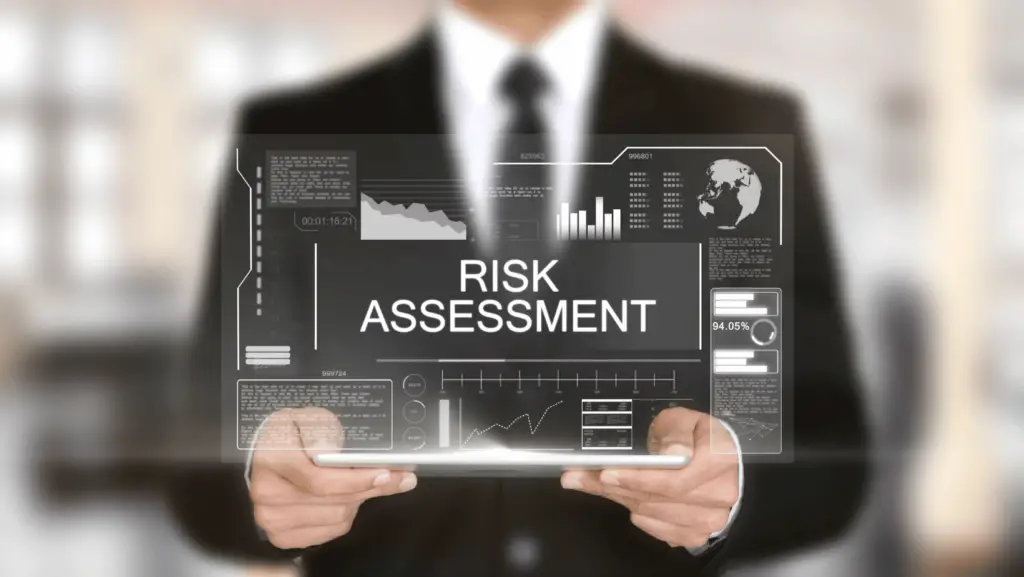In today’s changing business environment, companies are always looking for ways to get the most out of their resources while keeping costs down. To achieve this, organizations need to have a grasp of how to manage their assets throughout their lifecycle. Starting from when they are first acquired to when they are retired, understanding each stage in the asset lifecycle is key to achieving peak performance and cost-effectiveness. In this article, we’ll take a look at each stage, discussing the best practices and common pitfalls.
Procurement/Obtaining
The initial phase of asset lifecycle management is procurement or obtaining. During this stage, it’s important for organizations to carefully consider their needs and objectives in order to make informed purchasing decisions. It’s wise to explore options in the market while taking into account factors like quality, reliability, return on investment (ROI), and the reputation of vendors.
Avoid rushing into a purchase based on price; instead, focus on assessing the long-term value and productivity enhancements that align with your organization’s objectives. Involving stakeholders can offer perspectives that contribute to shaping a successful procurement strategy.
Implementation/Deployment
After assets are acquired, it’s time for the implementation or deployment phase. Proper installation is crucial in ensuring that assets operate at their right from the start. Businesses frequently rely on the expertise of manufacturers and hire skilled professionals to install specific types of equipment.
When implementing these assets, organizations must take into account factors like compatibility with existing systems and adherence to industry standards and regulations related to equipment safety and reliability.
Regular Maintenance and Monitoring
Following installation, it is crucial to conduct maintenance and monitoring to ensure the performance of the assets over their lifespan. This involves tasks such as servicing components based on manufacturer recommendations, establishing maintenance schedules, regularly inspecting for signs of wear and tear, and accurately calibrating equipment.
Failure to prioritize maintenance can lead to decreased productivity, unexpected downtimes, and higher repair expenses. By adopting a maintenance approach and monitoring potential issues, they can be identified early for timely resolution.
Upgrades and Enhancements
Given the pace of advancements, businesses often need to upgrade their assets to stay competitive and aligned with current trends. Assessing the performance of an asset in relation to evolving business requirements is key in determining upgrades or enhancements.
Options for upgrades may include software updates, hardware improvements, or the implementation of automation systems. It is important to evaluate the cost-effectiveness of each upgrade against productivity gains.
Disposal/Decommissioning
The final phase of an asset’s life cycle involves its disposal or decommissioning. It is important to plan the retirement of assets to minimize impact and make efficient use of resources.
Adhering to regulations and disposal methods can help avoid issues and safeguard the reputation of a brand. Depending on the type of asset, considerations may include protocols for data destruction recycling efforts, exchanging with vendors that promote sustainability, or facilitating equipment donations.
Risk Assessment and Mitigation

Throughout the life cycle of assets, organizations need to assess risks, identify vulnerabilities, and implement mitigation strategies. This phase involves assessing external risks that could affect asset performance, reliability, or security.
Internal risks might involve factors like training, limited maintenance budgets, or human errors; external risks could include regulation changes, supply chain disruptions, or cybersecurity threats. Conducting risk analysis enables organizations to establish plans and implement measures for effective risk mitigation.
Data Management and Documentation
Data management and documentation are underestimated yet crucial aspects of an asset’s life cycle. Keeping track of details about assets, such as warranties, service history, upgrades/updates installed, and any incidents or challenges encountered, plays a role in aiding effective decision-making throughout the lifespan of the asset.
By following data management procedures, it is possible to minimize delays in troubleshooting tasks or performance evaluations. Maintained documentation enables teams to streamline support processes by accessing historical data essential for making informed decisions.
Conclusion
Efficiently managing an asset’s lifecycle is vital for companies aiming for profitability while minimizing costs. Breaking down each phase, from acquisition to disposal, equips organizations with the ability to make choices that enhance productivity. By incorporating the best practices and steering clear of pitfalls, businesses can optimize their asset investments and stay competitive in todays ever changing market environment.

